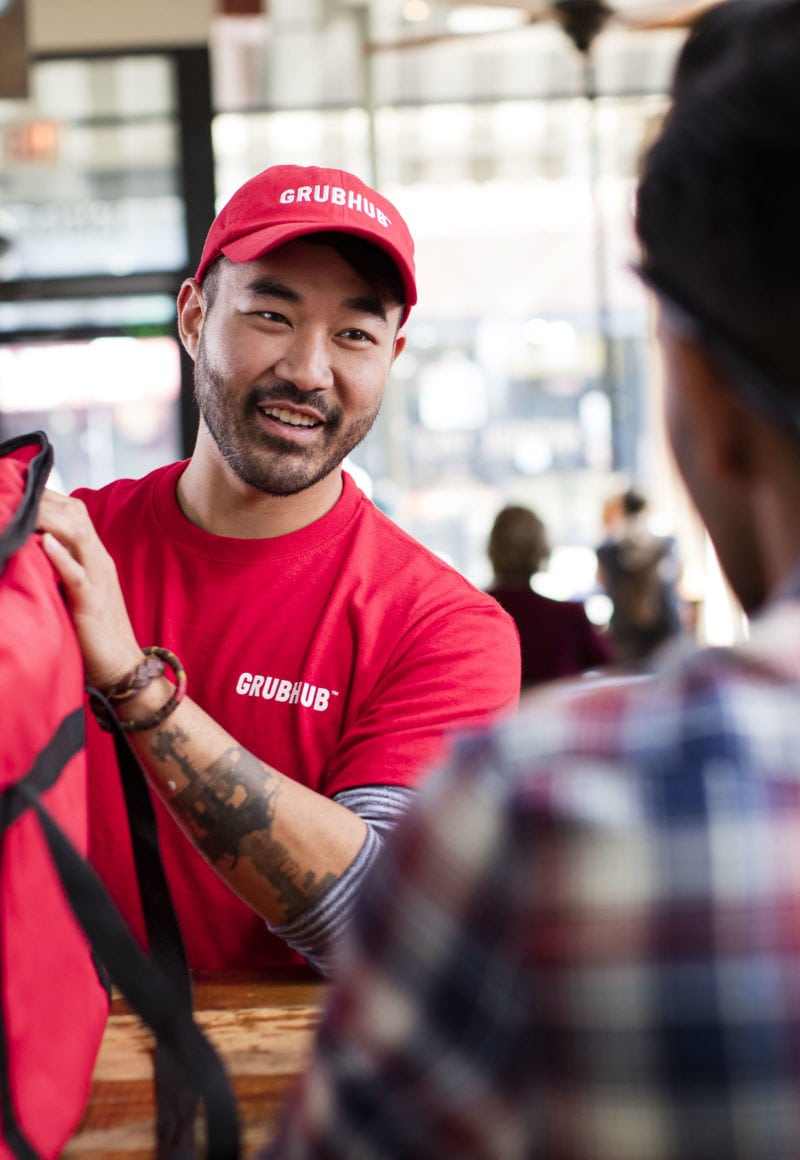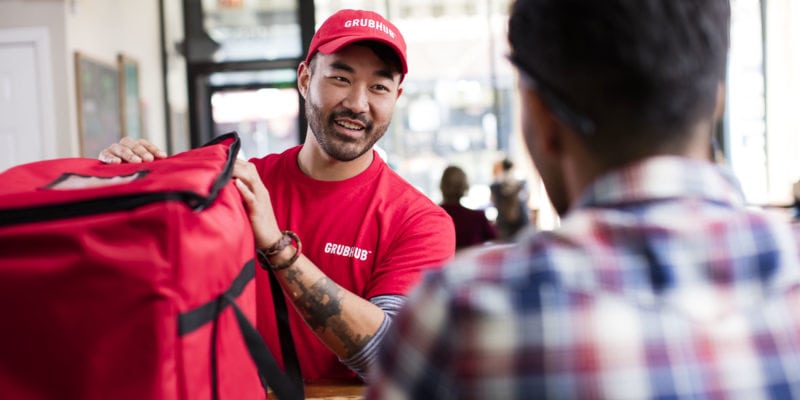Skift Take
It's no surprise that Grubhub is going after more enterprise restaurant relationships this year, and it says that it's the one to beat when it comes to the variety of technology support that it can offer to the nationwide chains.
— Erika Adams
Grubhub has big plans for its enterprise restaurant business in 2019.
The company cited its Yum Brands partnership as the model by which it wants to pair up with many other restaurant chains in the future, according to plans outlined during its fourth quarter earnings call on Thursday.
Yum poured $200 million into Grubhub back in February 2018 and the two companies have since been working on a deeply integrated partnership with Yum Brands’ chains. Taco Bell franchisees have Grubhub technology integrated at each restaurant’s point of sale system, a key step to handling pickup and delivery orders more efficiently. The franchisees also get access to a more favorable delivery cost structure as part of the partnership between the two companies.
Taco Bell and Grubhub launched a nationwide marketing campaign to promote awareness of the official partnership today. Grubhub is now powering pickup and delivery in approximately 4,000 Taco Bell locations in the U.S. KFC, also owned by Yum Brands, is also ramping up its integrated partnership with Grubhub.
“We are excited about the Yum partnership as it’s a source of growth but also as a model of how we partner with enterprise restaurants across the country,” Grubhub CEO Matt Maloney said on the call.
New Pilot Programs
Grubhub is also testing out facilitating pickup and delivery with Pizza Hut, another one of Yum’s restaurant brands, which has traditionally handled off-premise orders in-house. Maloney said that they recently began listing a few Pizza Hut locations on Grubhub’s marketplace, and will expand the test to several hundred stores in the near future.
Dunkin’ also recently launched a pilot program with Grubhub that was up and running in less than two months. The integrated point-of-sale system that Grubhub facilitated as part of the test was completed in approximately six weeks, according to Maloney.
It’s not just about delivery, either: Grubhub is facilitating back-end technology for restaurant-branded apps and loyalty programs as well.
“We’re fundamentally executing core technology for brands,” Maloney said. “We’re helping with transaction management. We’re doing delivery from the applications. We’re doing point-of-sale integration, and [customer-relationship management] tools, including loyalty.” The company acquired LevelUp for $390 million last year to help build out its suite of technology offerings to restaurants.
Grubhub currently has more than 25,000 enterprise restaurant locations hosted on its platform.
Sales Results
Grubhub may have big plans for its business, but in the meantime, it has to convince investors that all the new initiatives are worth the current hit on short-term profits.
The company posted fourth quarter earnings on Thursday, reporting $42.1 million in earnings before interest, tax, depreciation, and amortization (EBITDA), a 26 percent decrease from the same period last year. Grubhub also guided an EBITDA range from $40 million to $50 million for the first quarter of 2019, coming in below analyst estimates and sending shares sliding as much as 21 percent on Thursday morning.
“We’re going to keep building, and we’re going to keep pushing as hard as we can because we see so much opportunity in front of us, and we’re not going to slow down at this point in favor of short-term profitability,” Maloney said.






